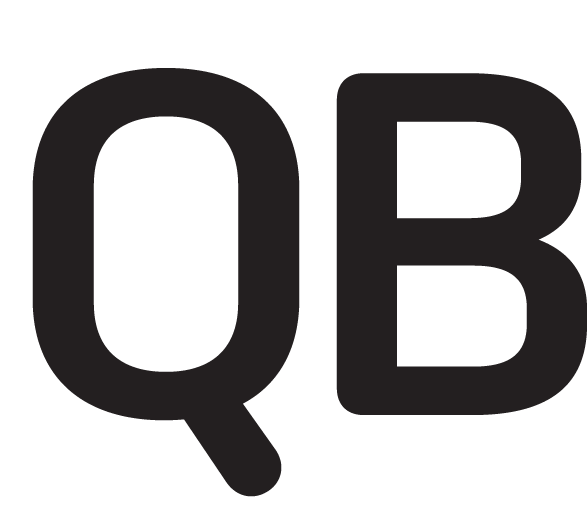Mastering Collaborative Working: A Comprehensive Guide
MMQB Editorial Group
Collaborative Working: The Key to Unlocking Team Potential
In the fast-paced, interconnected world of work, the ability to collaborate effectively has become more crucial than ever. Collaborative working, essentially, refers to the process where individuals or groups work together, pooling their skills and resources to achieve a common goal or project. This concept has transformed from a nice-to-have to a necessity in the modern workplace.
The Psychological Underpinnings of Collaboration
At the heart of collaborative working lies the intricate web of team dynamics. It's not just about bringing people together; it's about understanding the diverse personalities, communication styles, and emotional intelligence levels that each team member brings to the table. How well these elements interplay significantly impacts the success of collaborative efforts.
Embracing Collaboration in the Digital Age
The advent of digital technology has revolutionized collaborative working. From cloud-based platforms to communication tools, technology has bridged geographical distances and time zones, enabling seamless collaboration. Understanding and leveraging these technologies is pivotal for teams, especially when dealing with the complexities of virtual and remote working.
The Tangible Benefits of Collaborative Working
When collaboration is done right, the benefits are manifold. It sparks creativity and innovation, as diverse viewpoints and skills converge. Productivity and efficiency are also given a significant boost, with tasks being completed faster and more effectively due to shared responsibilities.
Navigating the Challenges: Communication and Remote Working
Despite its advantages, collaborative working is not without its challenges. Communication barriers, especially in a culturally and geographically diverse team, can hinder progress. Similarly, remote working poses its own set of challenges, from technological glitches to the lack of face-to-face interaction.
Leveraging Tools for Effective Collaboration
Several tools and technologies have been developed to aid collaborative working. Platforms like Slack, Asana, and Zoom, among others, have become staples in many organizations. However, it's crucial to integrate these tools effectively into daily workflows to reap their full benefits.
Fostering a Collaborative Culture
Building a collaborative work environment goes beyond just implementing the right tools. It involves cultivating a culture that encourages teamwork, open communication, and mutual respect. This can be achieved through various strategies, including team-building activities and open-feedback mechanisms.
Collaborative Working Across Industries
Collaboration is not industry-specific; it's a universal requirement. In tech, healthcare, education, and beyond, collaborative efforts have led to groundbreaking innovations and solutions. Understanding how collaboration shapes each industry offers valuable insights into its versatility and adaptability.
Leadership in Collaborative Environments
Effective leadership in collaborative settings demands a unique set of skills. Leaders must not only manage but also inspire, motivate, and align diverse team members towards common objectives. This involves a delicate balance of assertiveness and empathy, ensuring that every team member feels valued and heard.
Preparing for the Future of Collaboration
As we look towards the future, collaborative working is set to become even more integral. Keeping abreast of emerging trends, technologies, and work models is essential for organizations and individuals alike to stay ahead in an increasingly collaborative workforce landscape.
Developing Collaborative Skills for the Modern Workplace
To thrive in collaborative environments, certain skills are paramount. These include effective communication, conflict resolution, adaptability, and empathy. Investing in training and professional development to hone these skills is crucial for individuals aiming to excel in collaborative settings.
Measuring Collaboration's Effectiveness
Understanding the impact of collaborative efforts is vital. This involves setting clear metrics and Key Performance Indicators (KPIs) to measure outcomes. These metrics help in identifying areas of strength and improvement, ensuring that collaborative efforts are aligned with organizational goals.
Legal and Ethical Aspects of Collaboration
Collaborative working also brings legal and ethical considerations, particularly regarding intellectual property and data sharing. Navigating these aspects with clear policies and ethical practices ensures that collaborations are not only effective but also compliant with legal standards.
Learning from Collaborative Successes
Analyzing case studies of successful collaborative projects offers valuable insights. These stories, spanning various industries, highlight the strategies and practices that led to successful outcomes, serving as inspiration and guidance for others.
Comparing Collaborative and Traditional Work Models
Understanding the differences between collaborative and traditional work models helps in appreciating the value of collaboration. This comparison also aids organizations in transitioning smoothly to more collaborative work practices.
Diversity and Inclusion: Enhancing Collaboration
Diversity and inclusion play a critical role in enriching collaborative efforts. A diverse team brings a variety of perspectives and ideas, leading to more innovative solutions. Inclusive practices ensure that every team member's voice is heard and valued, fostering a healthy collaborative environment.
Personal Stories of Collaboration
Hearing from individuals who have experienced the transformative power of collaboration adds a personal touch to the concept. These testimonials and stories provide real-life examples of how collaborative working has reshaped professional landscapes and personal growth trajectories.
Looking Ahead: The Evolution of Collaborative Working
In conclusion, the world of work is continuously evolving, and collaborative working is at the forefront of this evolution. As we navigate the complexities of the modern workplace, embracing collaboration becomes not just beneficial but essential for success and growth. The future of work is collaborative, and preparing for this future is key to staying relevant and effective in our ever-changing world.
FAQs on Collaborative Working
What are the key skills needed for effective collaborative working?
How can technology enhance collaborative efforts?
What are the common challenges faced in collaborative environments and how can they be overcome?
How does diversity impact collaborative working?
Can collaborative working be effective in traditional industries?
How do you measure the success of collaborative efforts?
Conclusion
In sum, collaborative working is a dynamic and multifaceted concept that plays a crucial role in the success of modern organizations. By understanding its nuances, embracing its benefits, and overcoming its challenges, teams can unlock their full potential and drive innovation and efficiency in their endeavors. The future of work is undeniably collaborative, and those who master the art of collaboration are poised for success in this ever-evolving landscape.
